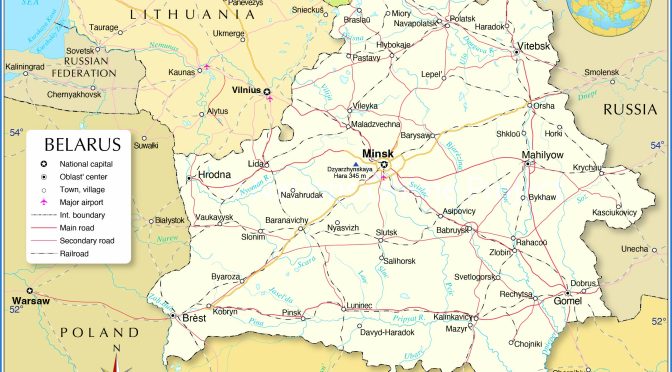Belarus, a landlocked country in Eastern Europe, has been making significant strides in its energy market in recent years. The nation has been working tirelessly to diversify its energy sources, reduce its dependence on imported fossil fuels, and transition to a more sustainable and secure energy future. In this article, we will provide a comparative analysis of Belarus’ energy market with its neighboring countries, including Russia, Ukraine, Poland, and Lithuania.
Belarus has historically been heavily reliant on Russia for its energy needs, particularly natural gas. In 2019, Belarus imported approximately 95% of its natural gas from Russia, making it one of the most energy-dependent countries in the region. However, this reliance on Russian energy has come at a cost, as Belarus has faced significant economic and political pressure from Moscow in recent years. As a result, the Belarusian government has been actively seeking to diversify its energy sources and reduce its dependence on Russian imports.
One of the most significant developments in Belarus’ energy market has been the construction of the Astravets Nuclear Power Plant, which is set to become the country’s first nuclear power facility. The plant, which is being built with the assistance of Russian state-owned company Rosatom, is expected to generate approximately 2,400 MW of electricity, enough to meet about 40% of Belarus’ total energy demand. This project represents a major step forward in Belarus’ efforts to diversify its energy sources and reduce its reliance on Russian natural gas.
In comparison to its neighbors, Belarus’ energy market has some unique characteristics. For instance, unlike Russia and Ukraine, which have vast reserves of fossil fuels, Belarus has limited domestic energy resources. This has forced the country to rely heavily on energy imports, primarily from Russia. However, the construction of the Astravets Nuclear Power Plant is expected to significantly reduce Belarus’ dependence on imported energy.
Poland, on the other hand, has a more diversified energy mix, with coal accounting for approximately 75% of its electricity generation. However, the country has been facing increasing pressure from the European Union to reduce its reliance on coal and transition to cleaner energy sources. In response, Poland has been investing heavily in renewable energy, particularly wind power. In 2019, Poland had a total installed wind power capacity of 5,800 MW, making it the largest wind energy producer in Central and Eastern Europe.
Lithuania, another of Belarus’ neighbors, has also been making significant progress in diversifying its energy sources. The country has been investing heavily in renewable energy, particularly wind and solar power, and has set ambitious targets for increasing the share of renewables in its energy mix. In 2019, Lithuania generated approximately 30% of its electricity from renewable sources, a significant increase from just 15% in 2009.
Despite these differences, there are also some common trends and challenges facing the energy markets in Belarus and its neighboring countries. One of the most pressing issues is the need to modernize and upgrade aging energy infrastructure, particularly in the electricity sector. Many countries in the region, including Belarus, are grappling with the challenge of ensuring the reliability and security of their electricity grids while also integrating increasing amounts of renewable energy.
Another common challenge is the need to balance energy security with environmental concerns. As countries in the region seek to diversify their energy sources and reduce their reliance on fossil fuels, they must also ensure that their energy policies are aligned with global efforts to combat climate change and promote sustainable development.
In conclusion, Belarus’ energy market has made significant progress in recent years, particularly in terms of diversifying its energy sources and reducing its dependence on Russian imports. However, the country still faces a number of challenges, including the need to modernize its energy infrastructure and balance energy security with environmental concerns. By learning from the experiences of its neighbors and adopting best practices, Belarus can continue to build a more sustainable and secure energy future for its citizens.


